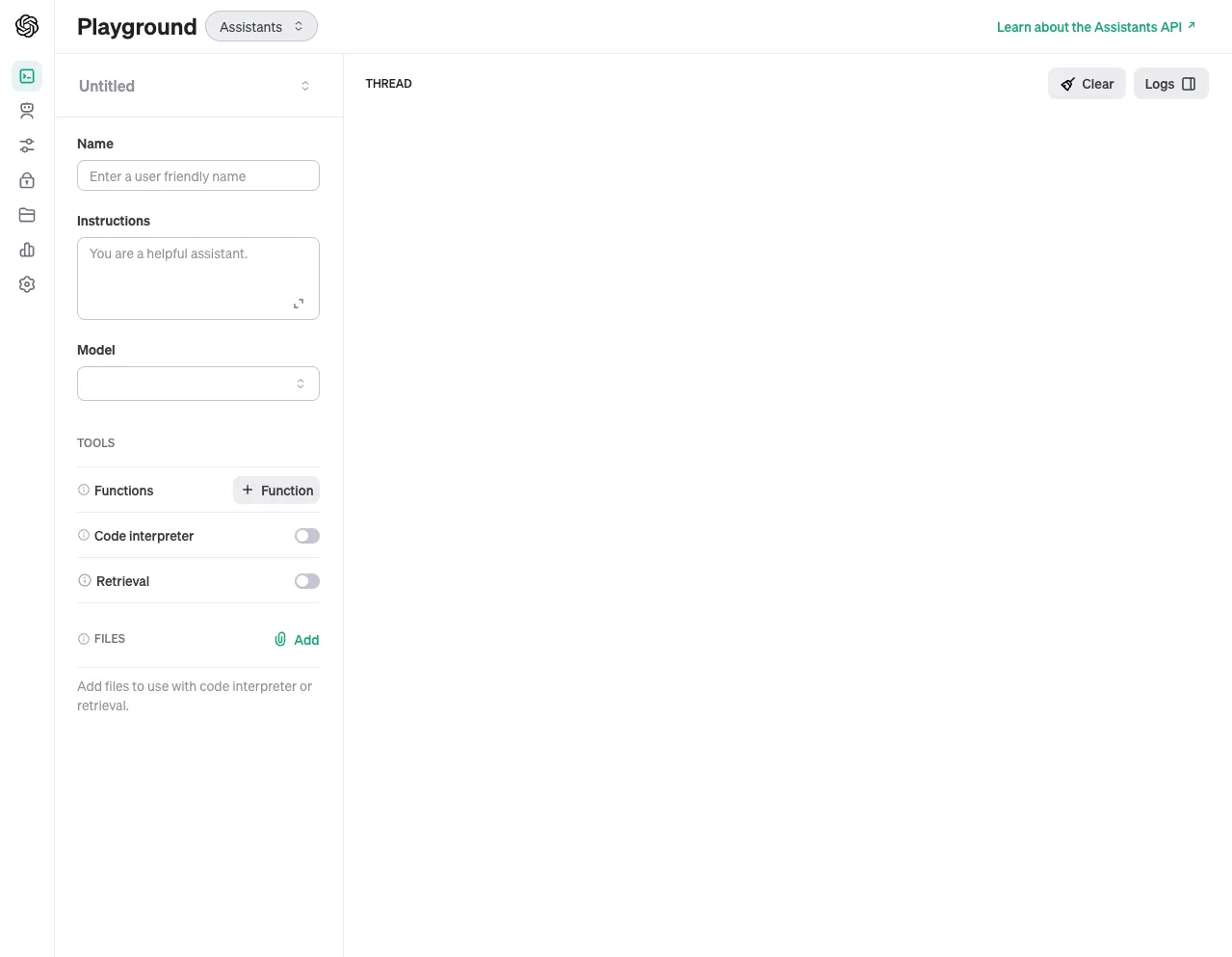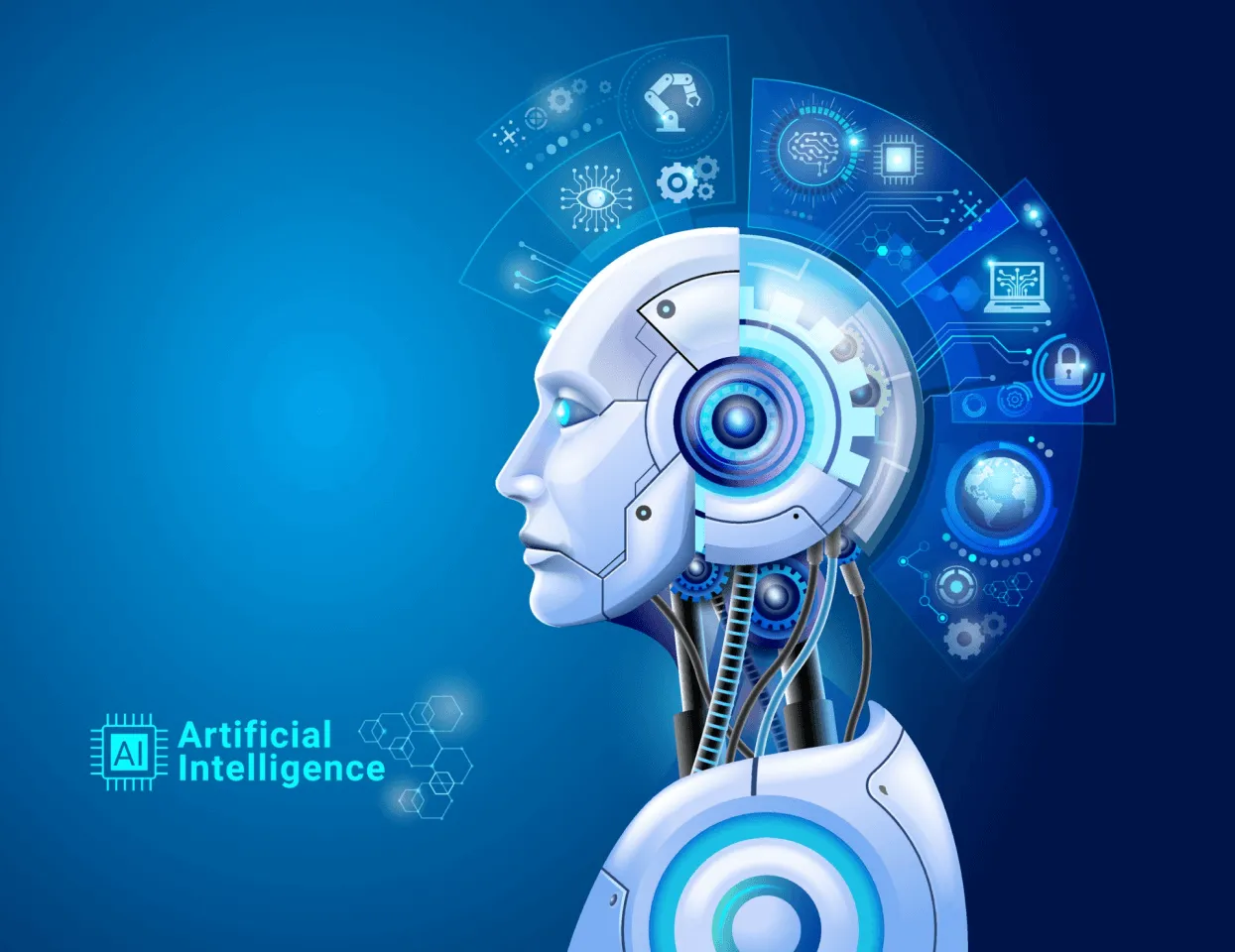AI's Use in Highly Regulated Environments

When using Artificial Intelligence (AI) in highly regulated environments like government and healthcare, adoption is not just about innovation. It’s also about navigating a maze of regulatory, security, and ethical considerations. With a wide variety of AI services from cloud giants like AWS, Google Cloud and Azure, as well as AI and data platforms like OpenAI and Databricks, to the constantly evolving world of open-source Large Language Models (LLMs), organizations in these sectors have unprecedented access to AI capabilities. In this article, we explore these different options, focusing on their use cases and the critical factors to consider.
Cloud Providers
AWS, Google Cloud, and Azure offer a suite of AI services tailored for various applications, from natural language processing and computer vision to predictive analytics. These platforms provide robust, scalable solutions with the added benefit of compliance certifications and built-in security features, crucial for healthcare and government applications.

- Amazon Bedrock:
- Claude: For dialogue, content creation, and coding.
- Amazon Titan: Text and image generation, open-ended Q&A.
- Stable Diffusion: High-quality image generation.
- Llama 2: Dialogue and natural language tasks.
- Jurassic: Enterprise-level text generation and summarization.
- Amazon Rekognition: Image and video analysis.
- Amazon Comprehend: Natural language processing.
- Amazon Polly: Text-to-speech conversion.
- Amazon Lex: Chatbot development.
- Amazon Textract: Extract text and data from documents.

- Vertex AI:
- Gemini: Multimodal model for text, images, video, or code.
- PaLM API: Advanced language model.
- Imagen: High-fidelity image generation.
- Codey: Code completion and generation.
- Document AI: Document data extraction and processing.
- Natural Language AI: Text analysis and insight extraction.
- Speech-to-Text and Text-to-Speech: Speech recognition and synthesis.
- Translation AI: Dynamic language translation.
- Vision AI: Image analysis and recognition.

- Azure OpenAI Service:
- GPT: Advanced natural language processing for a variety of text-based applications.
- DALL·E: Generates original, high-quality images and art from textual descriptions.
- Codex: Powers the next generation of coding with AI, offering code completion and generation.
- Clip: Understands and classifies images based on textual descriptions.
- Whisper: State-of-the-art speech recognition for transcribing audio to text.
- Azure AI Search: Enhanced search capabilities with keyword, vector, and hybrid search.
- Azure AI Translator: Real-time translation across more than 100 languages.
- Azure AI Speech: Comprehensive suite for speech recognition, synthesis, and translation.
- Azure AI Vision: Deep learning for image analysis and optical character recognition (OCR).
- Azure AI Language: Build conversational interfaces and analyze text with prebuilt AI-powered features.
AI Platforms

OpenAI, known for its cutting-edge language models, has also made significant inroads into offering AI services that can be integrated into business workflows, providing another layer of capability for organizations looking to leverage generative AI.
Databricks offers a unified analytics platform that facilitates large-scale data processing and machine learning, making it a valuable tool for handling the vast data landscapes typical in government and healthcare sectors. The Databricks platform can be hosted in your AWS, Google Cloud or Azure cloud environment.
Open Source Models
The open-source community provides an array of LLMs, such as MosaicML, LLaMA, OpenLLaMA, Mistral, and Dolly, licensed for commercial use. These models offer flexibility and customization, allowing organizations to develop tailored AI solutions hosted on their infrastructure. This approach offers control over data and model behavior, essential in regulated environments where data sensitivity is paramount.
Embracing open-source LLMs enables precise alignment with specific project requirements and operational autonomy, ensuring sensitive data remains within the organization’s purview. Yet, navigating this path demands robust technical capabilities for both initial setup and continuous model optimization, alongside a readiness to invest in the necessary infrastructure and manage the solution’s lifecycle independently.
Considerations

When deploying AI in healthcare and government, several factors come into play:
- Regulatory Compliance: Ensuring AI solutions comply with regulations such as HIPAA in healthcare and FedRAMP in government is non-negotiable. Cloud providers often offer compliance certifications, whereas open-source solutions require in-house oversight to maintain these standards.
- Data Privacy and Security: Protecting sensitive information is critical. Solutions must include robust security measures, encryption, and access controls, whether through cloud services or self-hosted models.
- Scalability and Cost: While cloud AI services offer scalability, they come with variable costs. Open-source models provide cost predictability but require upfront investment in infrastructure.
- Integration and Customization: The ability to integrate AI into existing workflows and customize it to specific needs is crucial. Open-source models offer high customization at the cost of complexity, while cloud services provide ease of integration with less flexibility.
- Vendor Relationships: Working with established vendors like Databricks, which have a track record in government and healthcare, can provide an added layer of assurance in terms of support, security, and compliance.
What’s the right choice?
The choice between cloud AI services, specialized platforms, and open-source models is not binary but a strategic decision based on specific needs, capabilities, and regulatory requirements. Organizations might find a hybrid approach—leveraging the scalability and compliance of cloud services while incorporating the customization and control of open-source LLMs—to be most effective.
In the rapidly evolving AI landscape, the urgency for government and healthcare organizations to adapt and innovate is paramount. The accelerating pace of change underscores the importance of partnering with a knowledgeable ally to swiftly and judiciously navigate the myriad of AI options. This strategic collaboration ensures not just keeping pace but staying ahead in implementing solutions that are ethical, compliant, and mission-aligned.
If you’re looking for a trusted partner to fully leverage AI’s potential, take a look at a couple of our case studies where we go over our work and measured outcomes using AI: